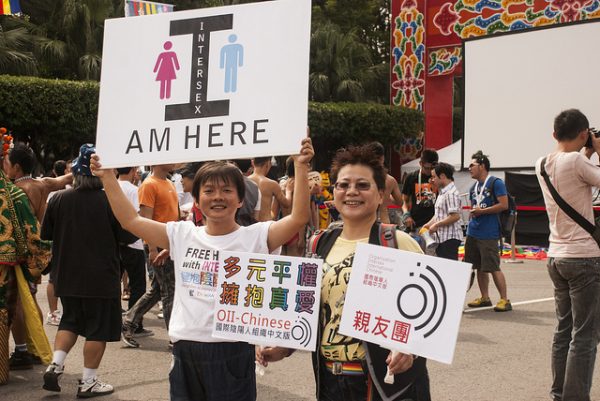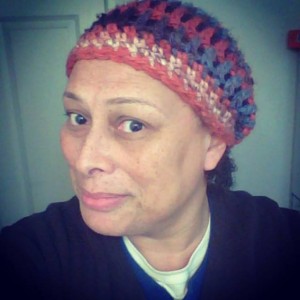
Photo by Shih-Shiuan Kao
by Leon Augustus Braxton, Jr.
Many do believe that intersex people are like unicorns: a mythical creature that is rarely seen. Like unicorns, intersex has been largely unseen mainly due to the veil of secrecy and shame that intersex people feel. However, unlike the unicorn we are not a myth – we exist. Intersex people are authors, writers, professors, doctors, actors, singers, models, bankers, musicians and a British aristocrat.
A person who is intersex is someone who is biologically neither one-hundred percent male or female. This may be caused by a mixture of male and female genitalia, or ambiguous genitalia, or it may be that they have an unusual combination of chromosome.
There are a tremendous number of conditions and levels of intersex. The term “intersex” encompasses a wide variety of conditions and body types that do not have anything in common except that they are deemed “abnormal” by society. Intersex conditions range from true hermaphrodites to mosaicism. Very rarely are intersex individuals “true” hermaphrodites. A “true” hermaphrodite is reserved for the extremely rare cases where both ovarian and testicular tissue are present. A majority of intersex are pseudo-hermaphrodites. A pseudo-hermaphrodite is the condition in which a person is born with primary sex characteristics of one sex but develops the secondary sexual characteristics that are different from what would be expected on the basis of the gonadal tissue. Secondary sex characteristics are features that appear during puberty in humans. In my case, my Y chromosome did its job during fetal development. But at puberty, my higher estrogen levels took the lead and my body developed as female.

Guest blogger, Leon Augustus Braxton, Jr.
There have been discussions and disagreements on the accepted terminology addressing intersex. “Disorders of Sexual Development” is the new preferred term in the American medical used to describe intersex conditions. Some intersex activists worked with the American medical community in favor of this term in order to differentiate intersex conditions from the intersex identity. However, most intersex activists find this term degrading, saying that the word “disorder” further stigmatizes people with intersex conditions. I have to agree with them. I do not have a disorder but a natural difference along the spectrum of sex.
The use of the term “hermaphrodite” is also a touchy subject. While the term was previously used to describe intersex people, most intersex activists found it disrespectful, derogatory and stigmatizing. Currently some intersex people have reclaimed the word hermaphrodite or “herm” and use it to describe themselves. I am one of those people who refer to themselves as “herm” or “hermie,” I often wear my t-shirt that says “Herm.” I am proud to be a pseudo-hermaphrodite and pay honor to Hermaphrodites with Attitude who staged the first ever North American demonstration about intersex issues in 1996 outside the annual meeting of the American Academy of Pediatrics in Boston.
My goal in writing this blog was to let you know that unlike the mythical unicorn, intersex people do exist. I hope I have helped people develop a better understanding of intersex. Education is our best weapon in this fight against intolerance. Our movement is just getting started but hopefully in a few years all the secrecy, shame and ridicule will have disappeared and we can walk freely amongst the land. I am not a myth! I am not a unicorn!
Leon Augustus Braxton, Jr. is an intersex individual who strongly believes that education is the best weapon we have against intolerance. She also believes that the STL LGBTQIA community is a wonderful community that has so much to offer.